DALE ABBEY SHORT WALK
Dale Abbey Walk
It is hard to find such a fascinating walk in the whole of Derbyshire as the one around the lovely village of Dale Abbey. Beautiful woodland, a Hermit’s cave, an ancient church and the ruins of a former abbey. Where the east window arch is still in place. On the hill to the north can be seen the Cat and Fiddle Windmill the only one of its kind left in Derbyshire. The village also provides much to interest the visitor and the opportunity to obtain refreshments. The walk can be very muddy so go prepared.
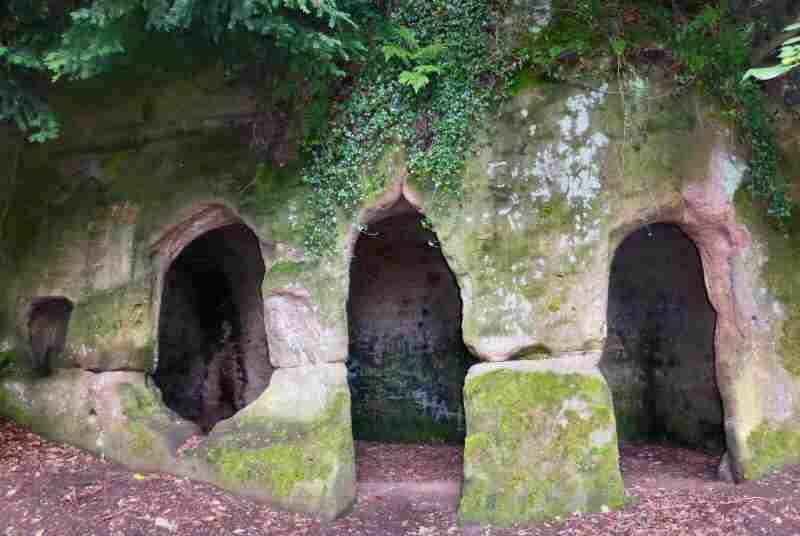
Route Point 1 – A more peaceful and pleasant spot than Dale Abbey is hard to find in the whole of Derbyshire. Yet it is less than three miles from the suburbs of Derby to the west, and even closer to a vast area of housing and industrialisation on the eastern side. Despite its size, Dale Abbey is a very special place to visit and there is a great deal to see to make this walk a memorable one.
Point 2 – Parts of All Saints’ Church date back to 1150. When the hermit started to build his chapel and house on the site. This is the reason why the church is the only one in England to share its roof with a farm. At one time it shared it with the abbey infirmary and later with the Bluebell Inn. When the connecting door from the church was said to lead from – salvation to damnation.
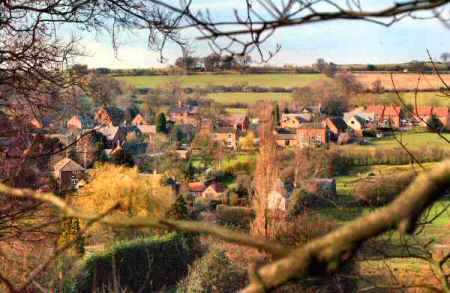
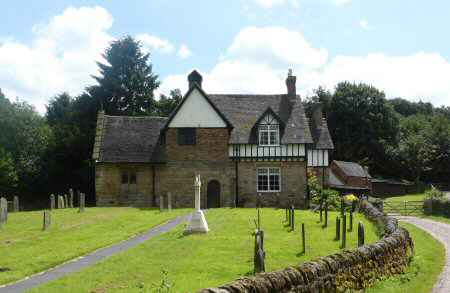
Point 3 – Hermit’s Wood is ancient woodland. It probably formed part of the original forest that once covered the whole area. Here are to be found many fine beech and oak trees, as well as abundant wildlife. Over 60 species of flowering plants have been recorded. The Hermit’s Cave is now designated as a Scheduled Ancient Monument. It is worth taking a good look at the view from this point. On the hill to the north can be seen the Cat and Fiddle Windmill, the only one of its kind left in Derbyshire.
Point 4 – The Hermit’s Cave is now designated as a Scheduled Ancient Monument and is often referred to as the Hermitage. It is divided into two sections one for living and the other for worship. Here the hermit worshipped in solitude. Until one day the smoke from his fire was seen by a Knight, Ralph Fitz Geremund the owner of the land. Intending to drive the intruder away. He rode over to where the fire was burning, but on hearing the hermit’s story. Filled with compassion, he allowed him to remain and bestowed on him the tithe money from Borrowash Mill. This enabled the hermit to build a small chapel and home on the site of the present church.

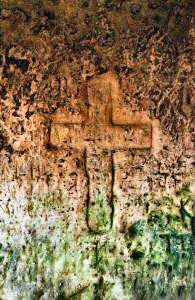
Point 6 – On reaching a point next to the road you can either continue by Potato Pit Lane, Woodpecker Hill and Moor Lane or walk across the fields. The intriguingly named Potato Pit came about because there was a small cavern with a wooden door next to the road. Where potatoes were stored for the use of local people. Near the stile onto the road is a pull-in for motor vehicles to enable visitors to park and easily access the footpath to the Hermit’s Cave as well as other walks in the area.
Point 7 – Following The Dissolution of the Monasteries Act of 1539, Sir Francis Pole of Radbourne took possession of the abbey and its contents. What could be used elsewhere was installed in other churches and the abbey was gradually dismantled. The great east window was probably retained because of the ancient belief that if the arch falls the inhabitants of Dale Abbey would have to pay tithes.
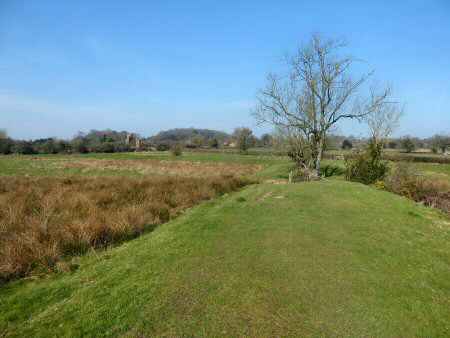
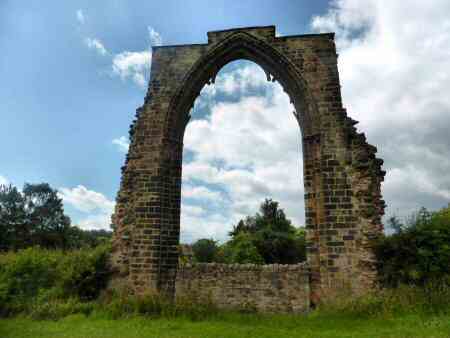
The Route
- Start your walk from the top of the street at the junction with Moor Lane opposite the Carpenters Arms. As you go down the street you pass Poplar Farm which dates back to the 1500s. It is a lovely old half-timbered building with a brick extension, the outbuildings of which have been converted to living quarters. You also pass the Gateway Centre, open on Sunday afternoons for refreshments, and the Friars House Café Gallery.
2. Bear left by a small green to follow a winding lane past Abbey House and All Saints’ Church which despite its diminutive size reputedly has the largest chalice in England.
3. Once past the farm and outbuildings go to the left to enter Hermit’s Wood. It is an ancient woodland and probably formed part of the original forest that once covered this area. It contains many fine beech and oak trees. Abundant wildlife and over 60 species of flowering plants have been recorded.
4. As you walk along the woodland path keep a lookout for the path up to the Hermit’s Cave. The cave is now designated as a Scheduled Ancient Monument. From around this point look for a gap in the trees towards the hill to the north where the Cat and Fiddle Windmill stands.
5. When you leave the wood continue in the same direction towards a country lane. Just before reaching the lane* turn around and head down the field keeping to the left of a house and outbuildings. Continue to the top right-hand corner of the field. (*Alternatively, you can turn left along the lane and then turn left again into Moor Lane. After a short distance you will be able to re-join the walk route).
6. Angle to the left and follow the path through two fields towards Moor Lane. Just before reaching Moor Lane take the stile on your left and turn and go to the left to follow another footpath.
7. This takes you past the east window and what remains of Dale Abbey. At the end of the footpath turn right up the lane past Abbey House and follow the route you used earlier in the walk to return to the starting point for the walk.
REFRESHMENTS
The Carpenters Arms is at the top of Village Street and dates back in part to the late 1600s. For more information visit: www.carpentersarmsdaleabbey.co.uk or telephone 0115 932 5277.
The Friars House Café Gallery is situated near the bottom of the main street, in the historic Friars House, dating from 1450. For more information visit: www.friarshousedaleabbey.co.uk or telephone 0115 930 9152.
